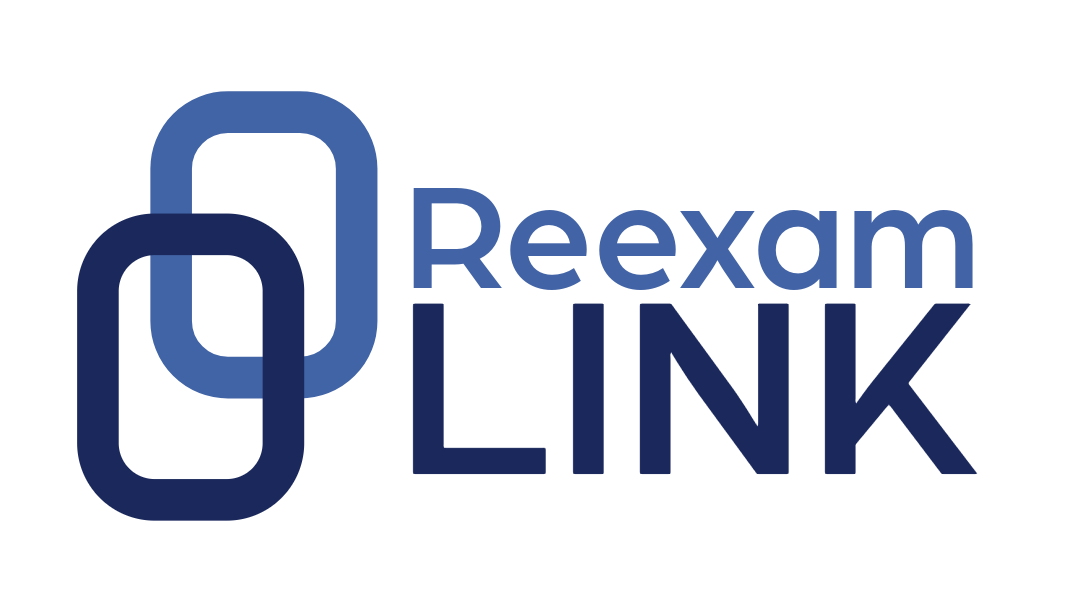Suppose you issued a patent with several claims, including dependent claims. Now, suppose you wished you had claimed and issued a certain dependent claim, but did not have it in the originally issued patent. That new dependent claim is narrower than your independent claim that issued, so this is not a case of a broadening reissue. Now suppose that you want to use the reissue statute, 35 U.S.C. 251, but you don’t want to change your independent claim. So you want to add a new dependent claim, but not change or cancel your broad independent claim from which it depends. This is shown graphically in the drawing below:
If you are the patent owner, your position is that you should not have to admit that independent claim 1 is invalid to make another dependent claim. After all, if claim 1 is so broad, then there is no disadvantage to the public for lack of notice.
But in In re Tanaka (appeal of BPAI decision re: U.S. Ser. No. 10/201,948, appeal no. 2010-1262, Fed. Cir. 2011) the Board of Patent Appeals and Interferences (BPAI) disagreed, stating that the dependent claim does not constitute an error that the reissue statute is supposed to address. There is no error by which applicant claimed more or less than it was intended to claim because the broad claim 1 was not cancelled or admitted to be overly broad. To the Patent Office, this constitutes a “do-over” by which the patent owner can come back to re-prosecute the application. Their position is that such corrections constitute a lack of notice to the public that the reissue statute was not intended to solve.
Regardless of which side you take, this is a hard problem to solve. The patent owner might not be sure that its issued claim 1 will survive a validity challenge, but it may be too premature for the patent owner to concede it is invalid. After all, claim scope is determined in a complex proceeding called a Markman Hearing that occurs to interpret disputed terms of a patent claim. That could be imminent or perhaps years away. Regardless, validity may be hard for a patent owner to conclude. And the patent owner can argue that any new claims made via reissue can be handled under the intervening rights doctrine to avoid unfairness to the public.
The Patent Office also has a case here, because if a broad claim is indeed intact, there seems to be no apparent error to the patent owner. The Patent Office is also concerned that every application will become re-prosecuted (a “do-over”) should it liberally allow for such changes from the reissue statute.
The Court of Appeals for the Federal Circuit heard the oral arguments on this matter on January 10, 2011. A recording of the oral argument can be found at www.cafc.uscourts.gov . This ruling affects more than just reissue practice. It also affects ex parte prosecution practice, reexamination practice, and litigation practice. That is because the recourse available to a patent owner to capture narrower dependent claims may be substantially harder or easier via reissue, depending on the Federal Circuit’s decision in In re Tanaka.

Leave a Reply